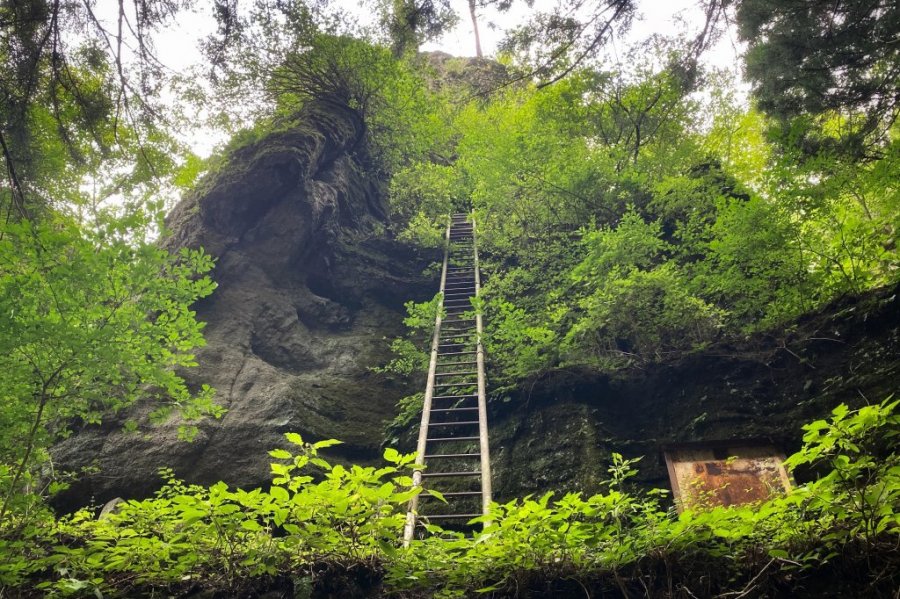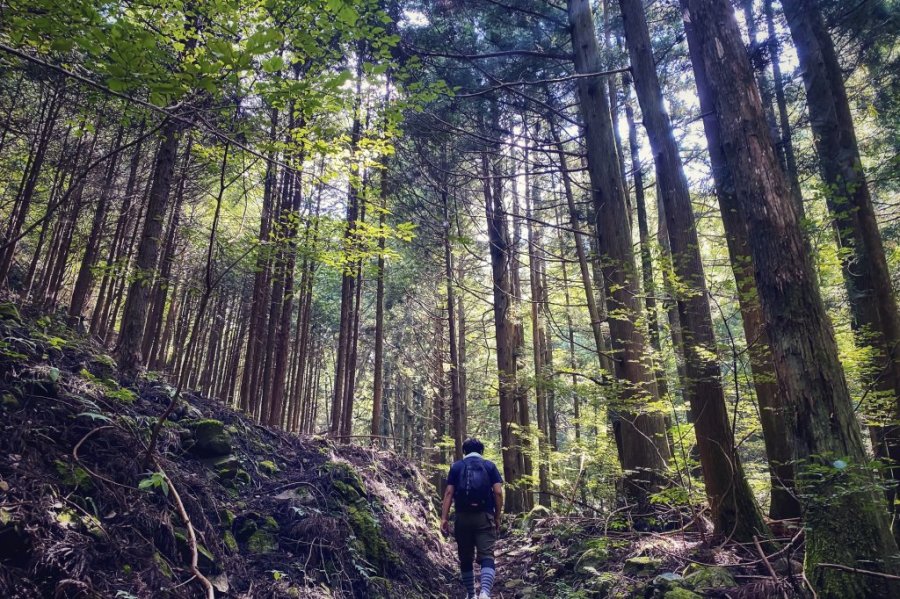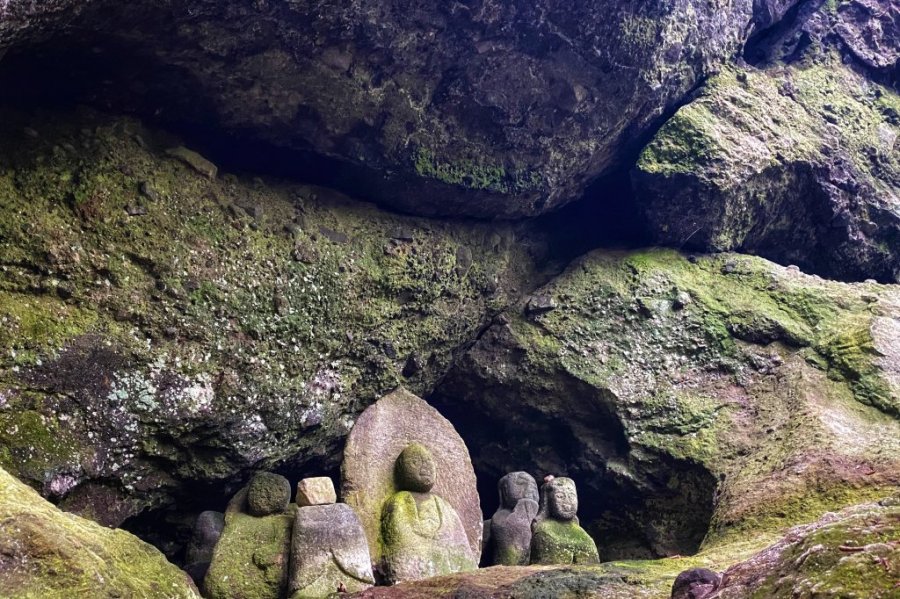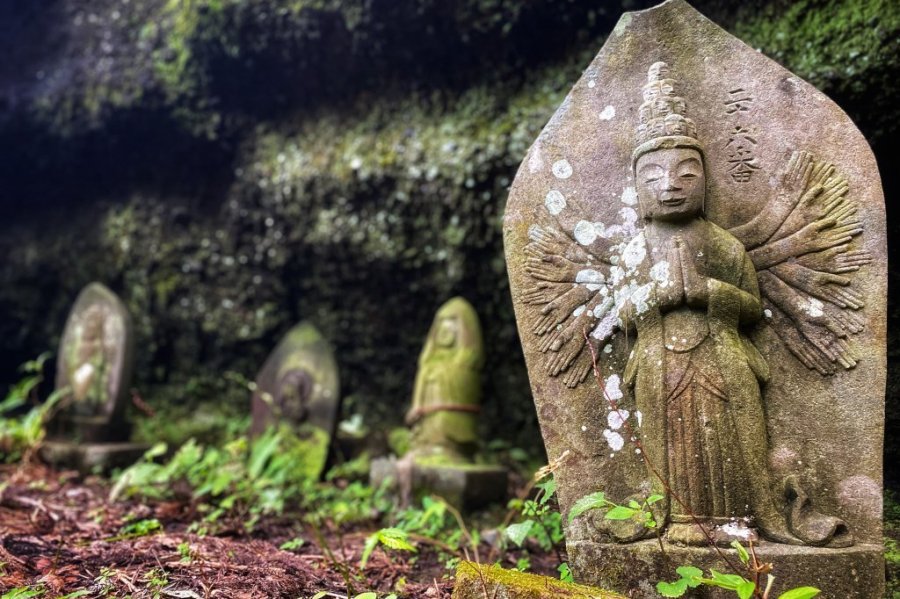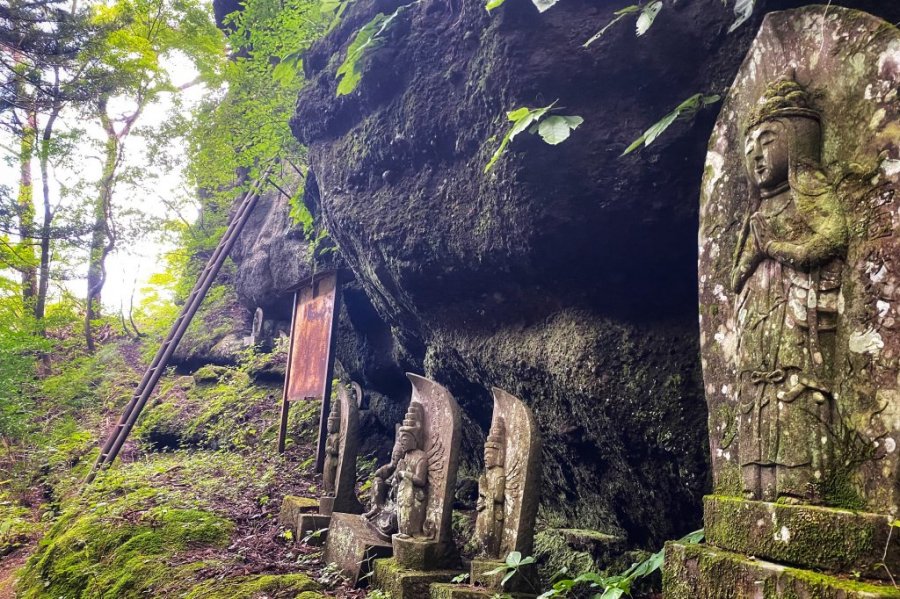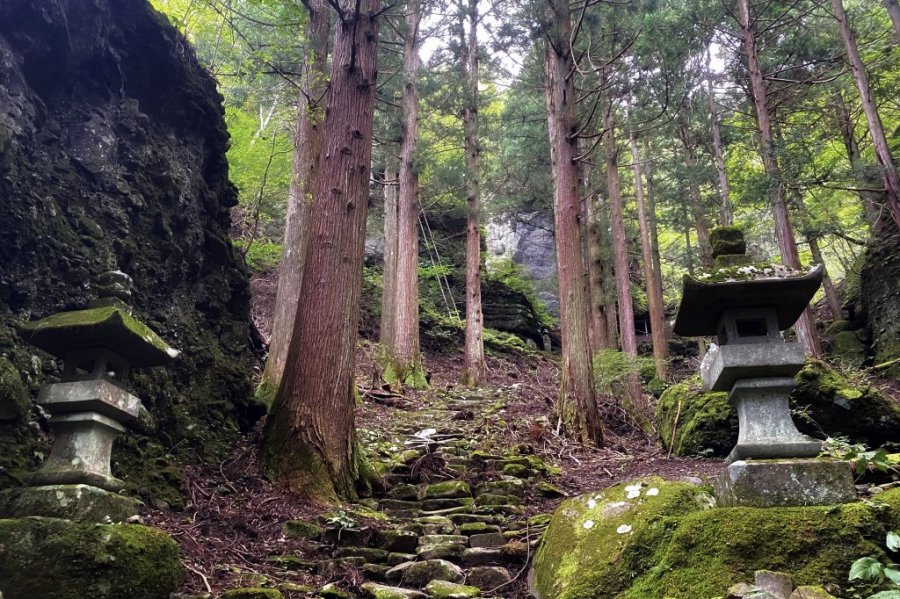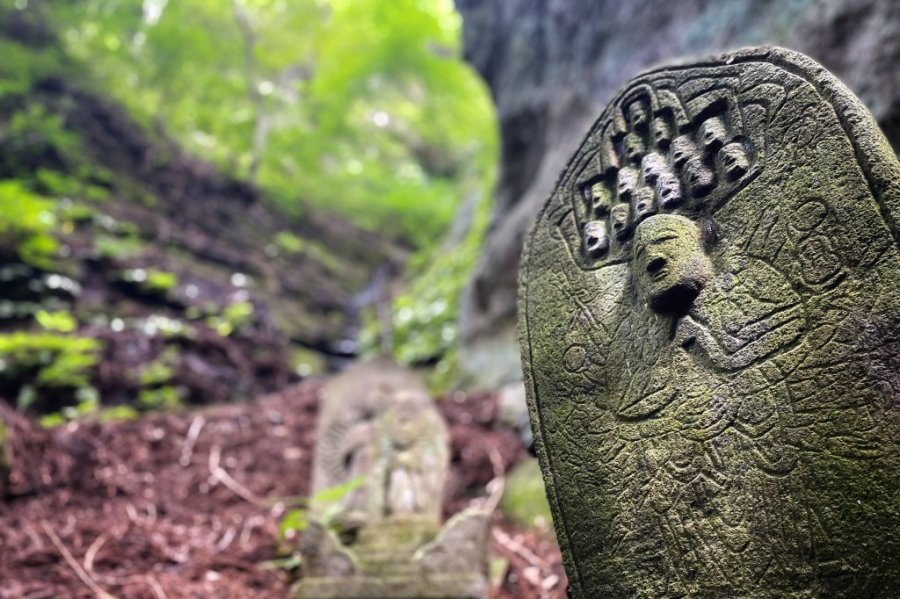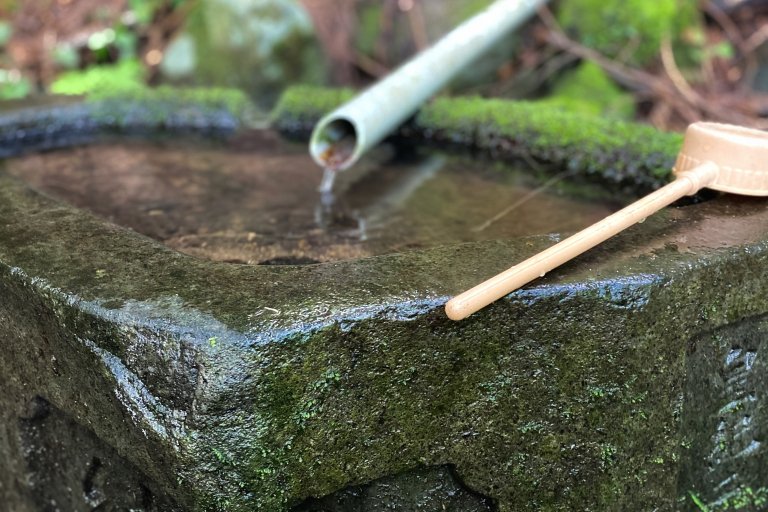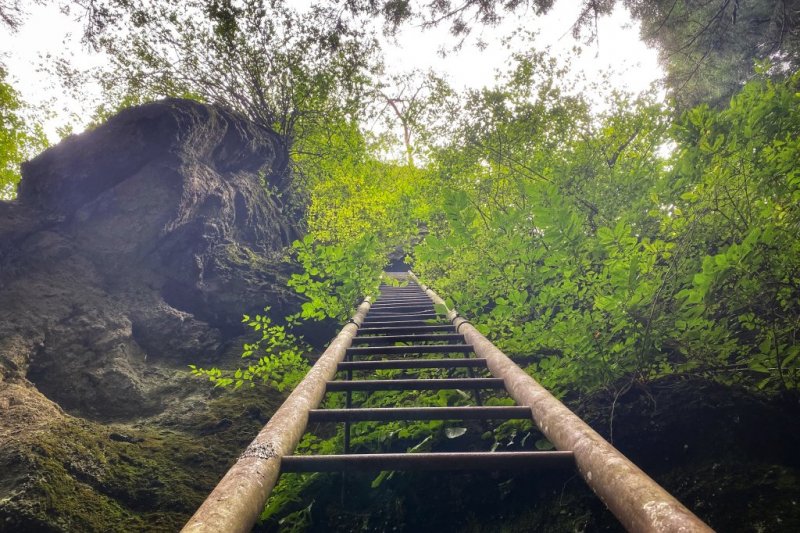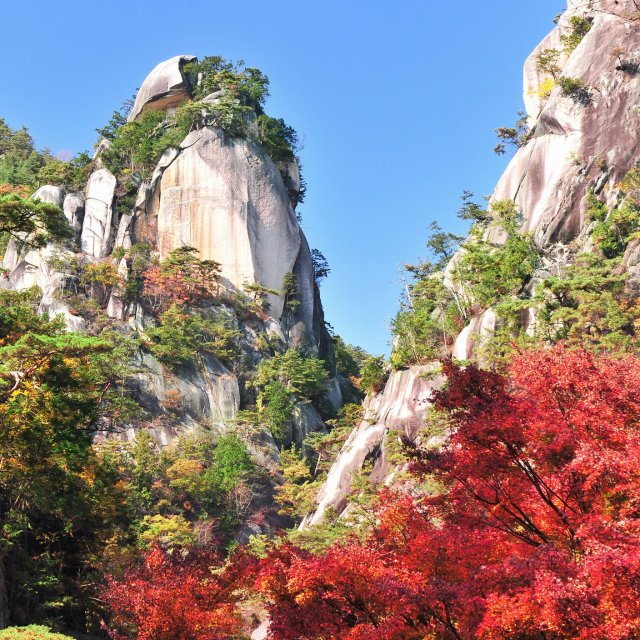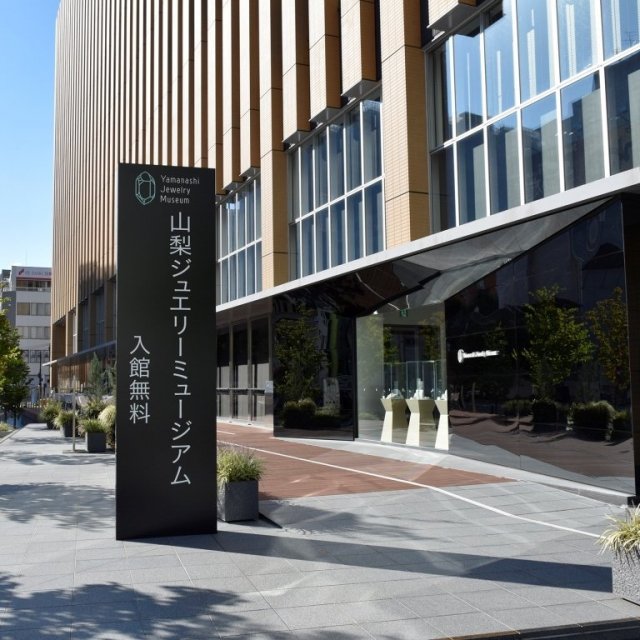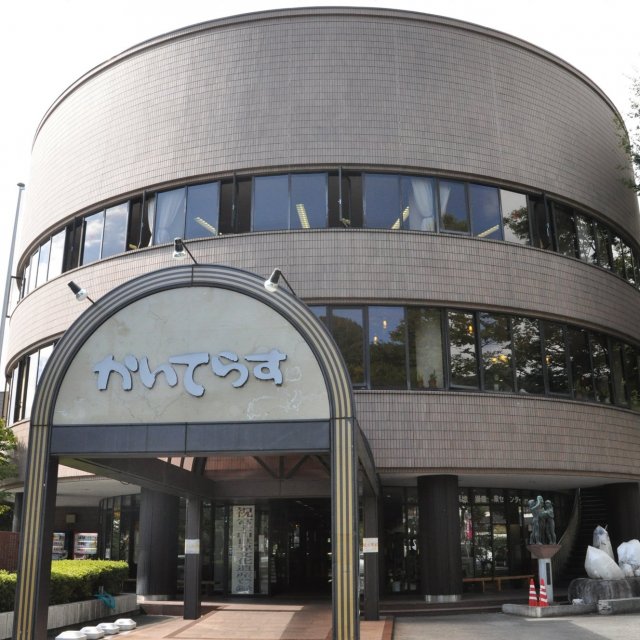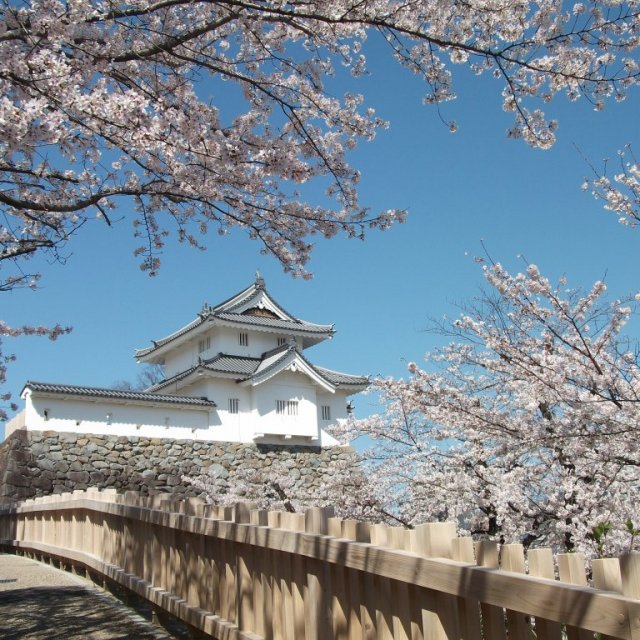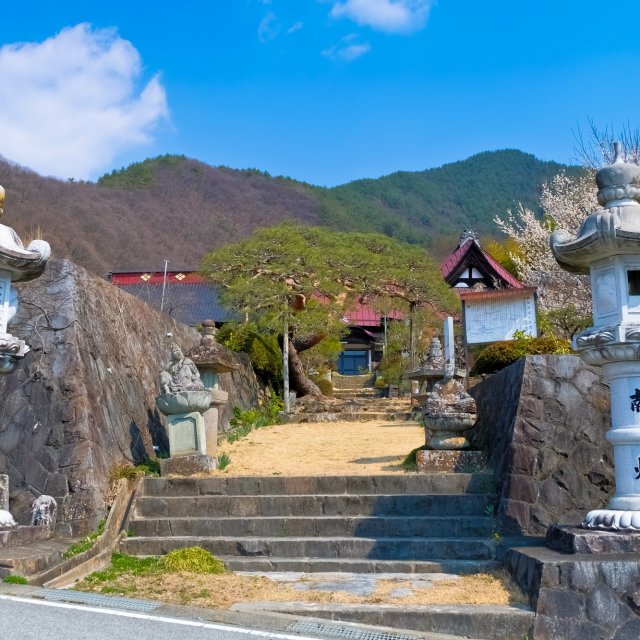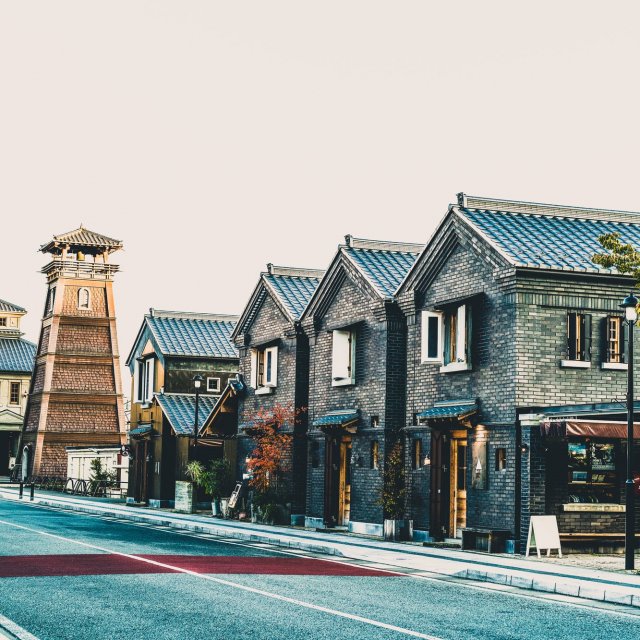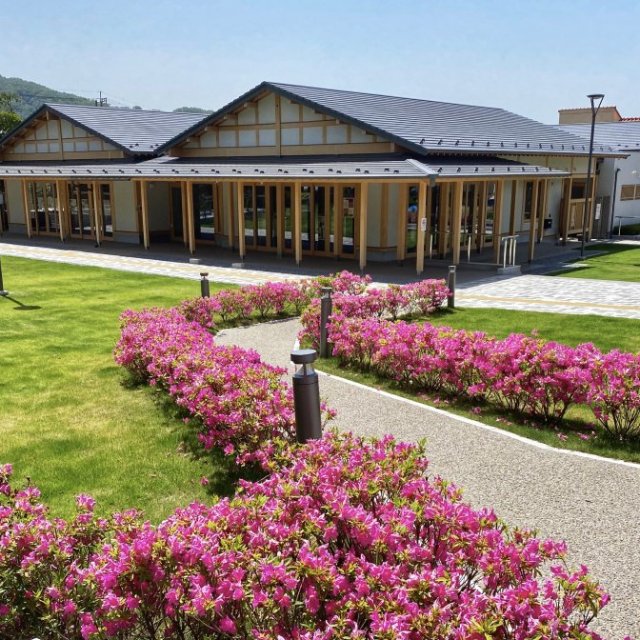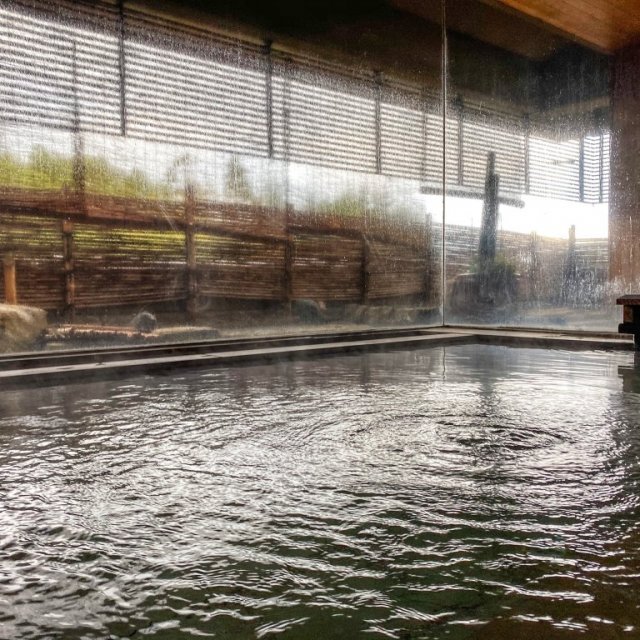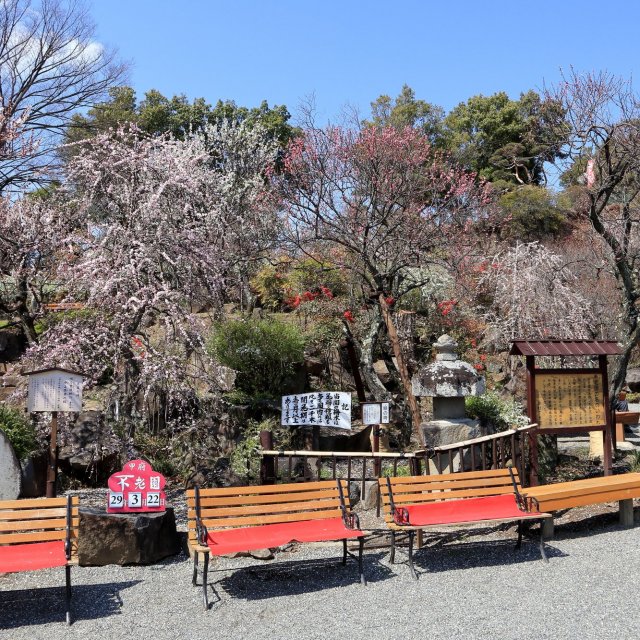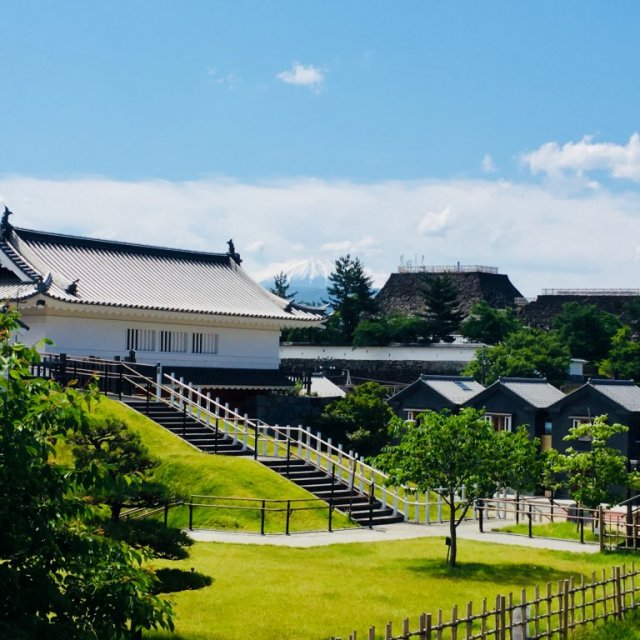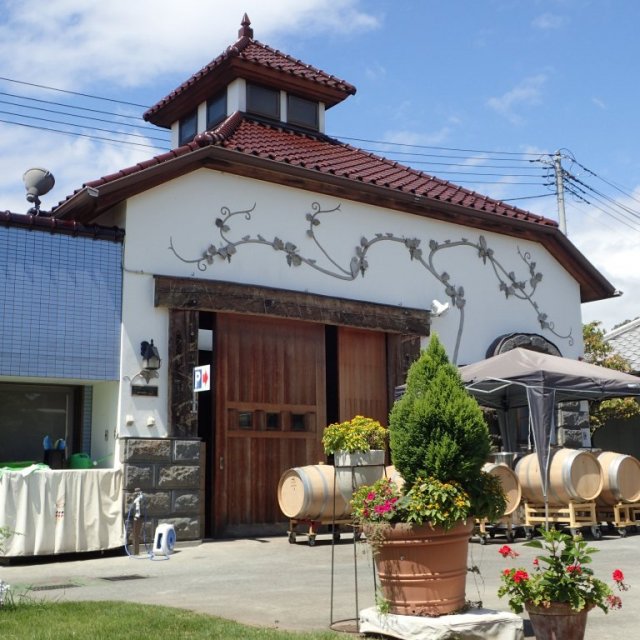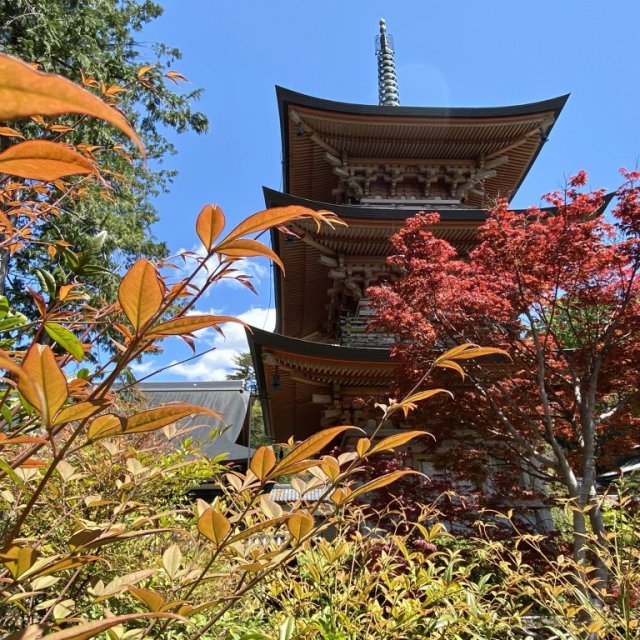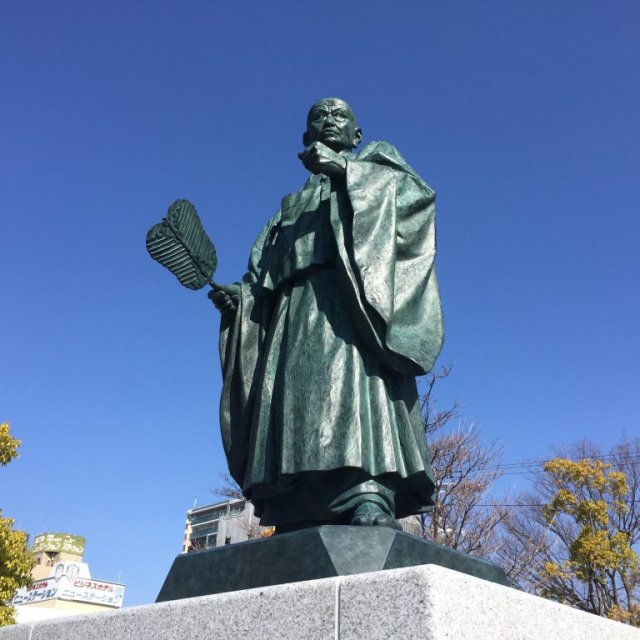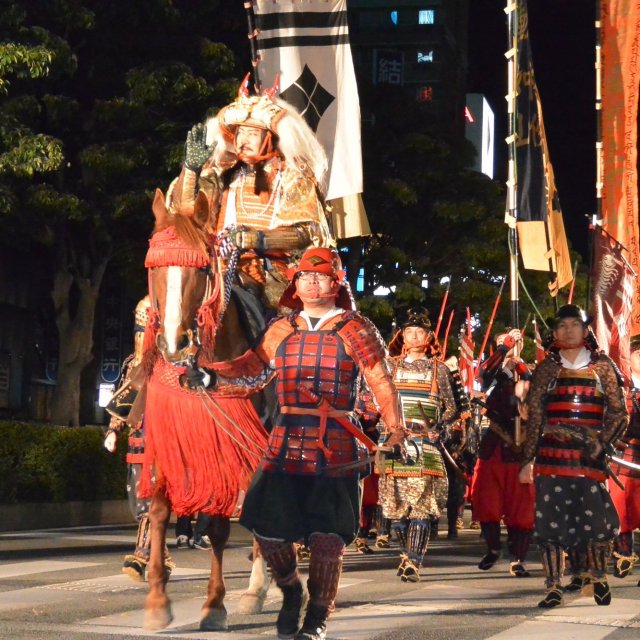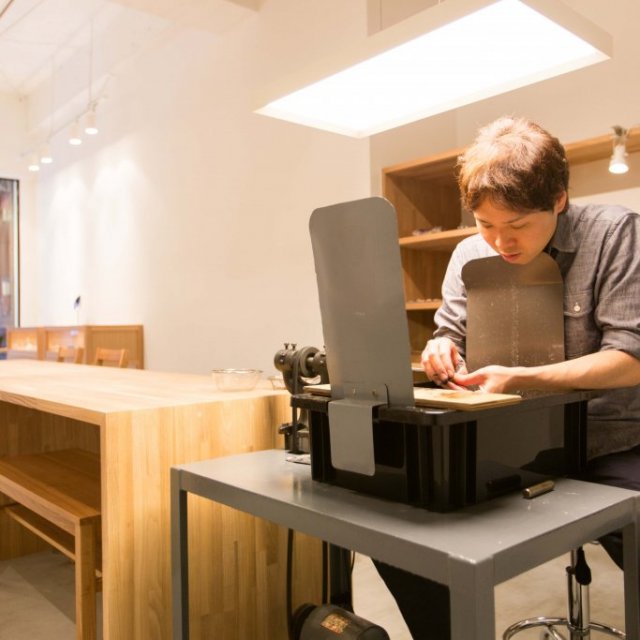A mystical place frozen in time in the depths of Kofu’s mountains
Avalokiteshvara, or Kannon as she is known in Japanese, is the buddhist goddess of mercy and compassion, venerated throughout thousands of temples in Japan since the 6th century. Kannon pilgrimages are typically made up of 33 holy sites, deriving from a belief that the all-seeing goddess can assume 33 different forms –some of which have 11 faces or 1000 arms– to aid those in need.
The Kai-no-Kuni 33 Kannon is a pilgrimage circuit spanning 33 temples scattered in modern-day Yamanashi prefecture, number 6 of which is Fukakusa Kannon, a secluded location accessible through the forest leading to Mount Yogaizan.
Few people know about this holy site, making for a truly mystical experience as you make your way through the quiet temple grounds dotted with dozens of statues of the thousand-armed, eleven-faced goddess. A steep, 17-meter high ladder dated 1928 leads to the prayer altar, hidden within a cave, though more prudent hikers can choose to go up the nearby chain-assisted path instead.
Fukakusa Kannon’s principal object of worship is kept inside nearby Zuigan-ji temple for most of the year, but is transported back to the inner forest sanctuary every year on April 17th during a ceremony that attracts many visitors.
The image is only unveiled once every 33 years, the next time being in 2052.
The Kai-no-Kuni 33 Kannon is a pilgrimage circuit spanning 33 temples scattered in modern-day Yamanashi prefecture, number 6 of which is Fukakusa Kannon, a secluded location accessible through the forest leading to Mount Yogaizan.
Few people know about this holy site, making for a truly mystical experience as you make your way through the quiet temple grounds dotted with dozens of statues of the thousand-armed, eleven-faced goddess. A steep, 17-meter high ladder dated 1928 leads to the prayer altar, hidden within a cave, though more prudent hikers can choose to go up the nearby chain-assisted path instead.
Fukakusa Kannon’s principal object of worship is kept inside nearby Zuigan-ji temple for most of the year, but is transported back to the inner forest sanctuary every year on April 17th during a ceremony that attracts many visitors.
The image is only unveiled once every 33 years, the next time being in 2052.
| Address | 〒400-0011 山梨県甲府市上積翠寺 |
|---|---|
| Transport | Take bus #10/11/12 bound for Sekisui-ji (積翠寺) from the north side of Kofu station and alight at Sekisui-ji (14 minutes, ¥320). Walk 8 minutes to Hiyoshi shrine and continue past the shrine in a straight line until you reach the map by the trail entrance. Follow the signs in Japanese for Fukakusa Kannon (深草観音) into the forest for a 1-hour hike. You can also start your hike directly from Takeda shrine for an extra 2.5km leg; take bus #10/11/12 from bus stop #2 at Kofu station’s north exit terminal and alight at Takeda shrine (8 minutes, ¥190); walk 5 minutes to the stone steps to Ryuga Pond and take the path diverging into the forest. |
| Notes | For a full-day of intense hiking, continue past Fukakusa Kannon for approximately 4 hours to reach Hottarakashi Onsen in Yamanashi city, a famous hot spring bath facility with spectacular day and night panoramic views of the Kofu basin and Mount Fuji (tattoos are allowed). To make it back to JR Yamanashi-shi station from Hottarakashi Onsen, we recommend taking a taxi (10 minutes, ~¥2000). |

